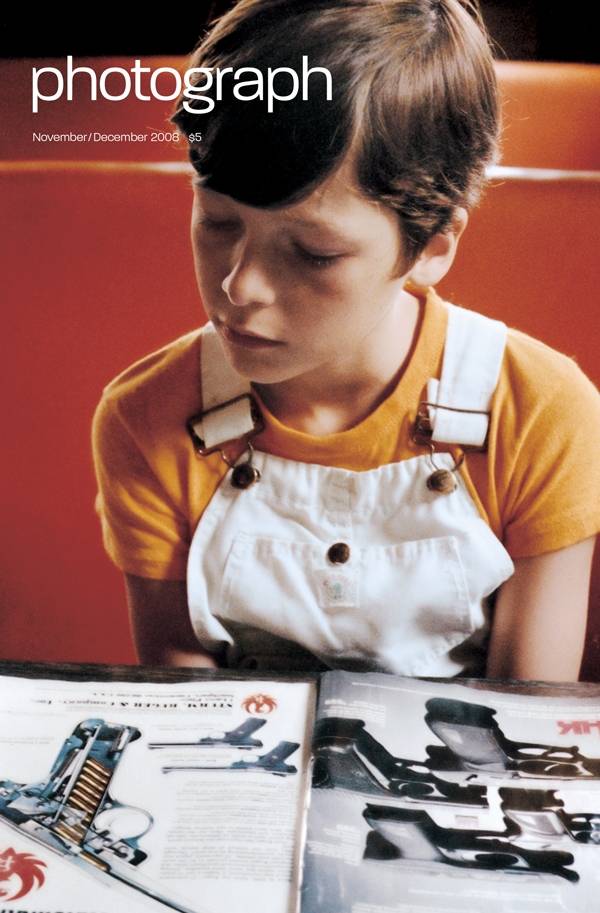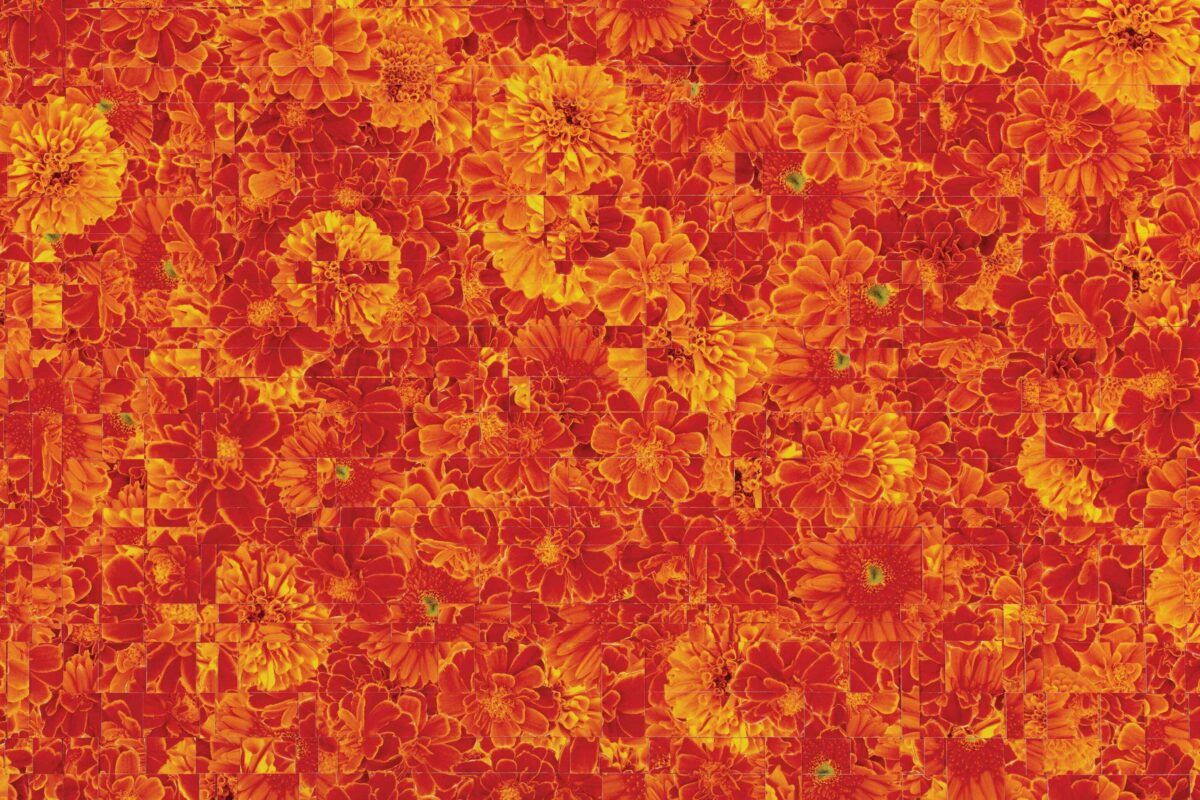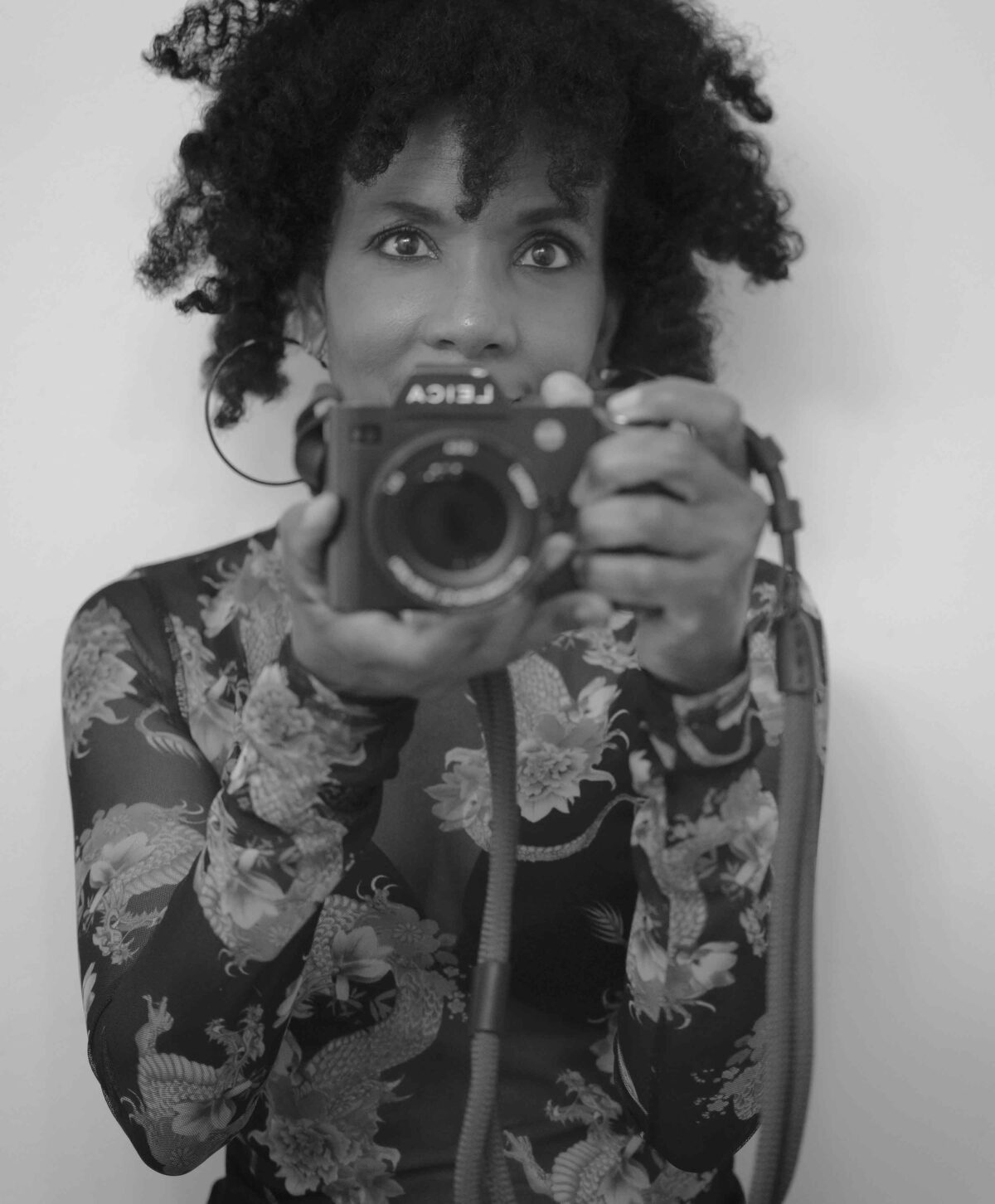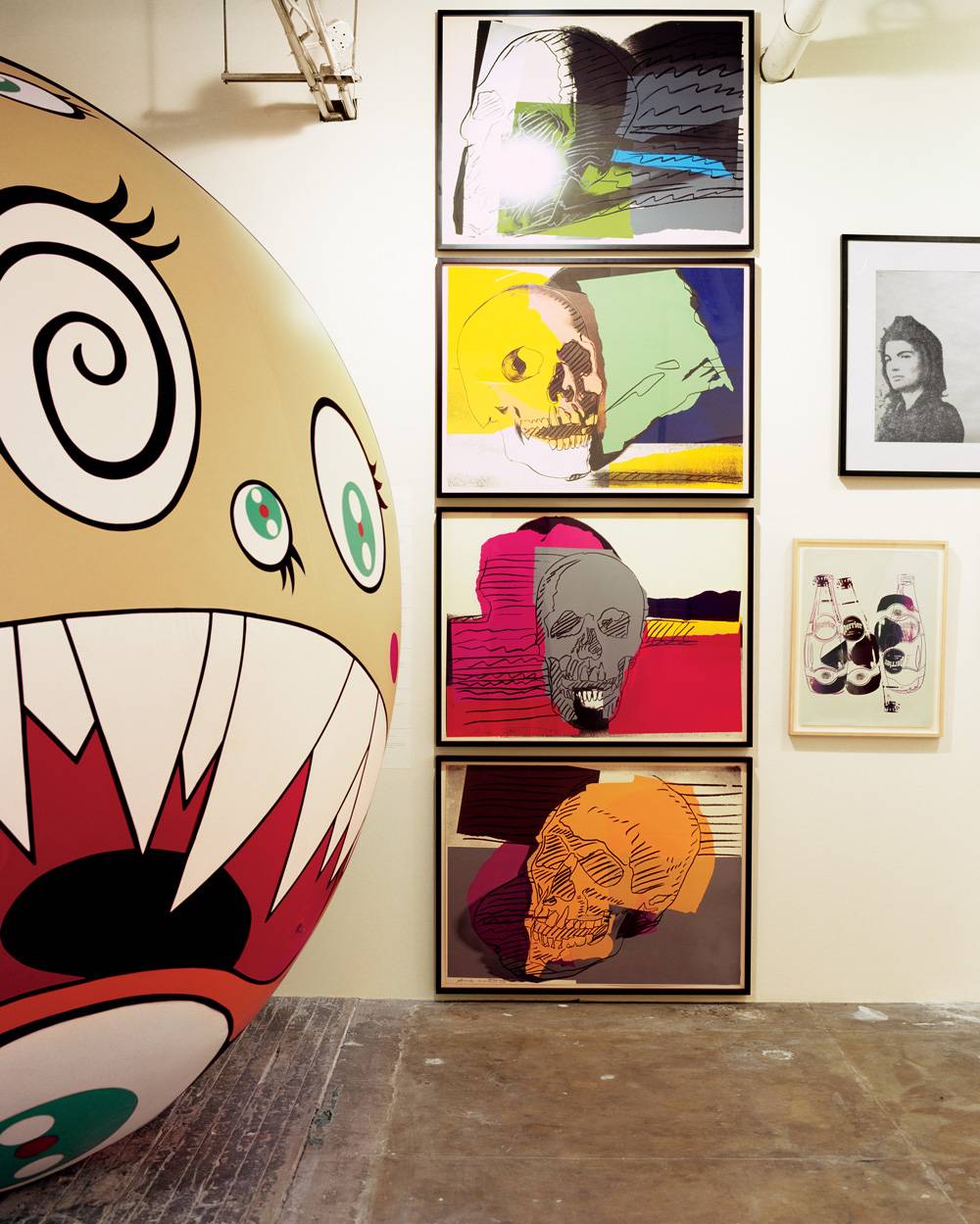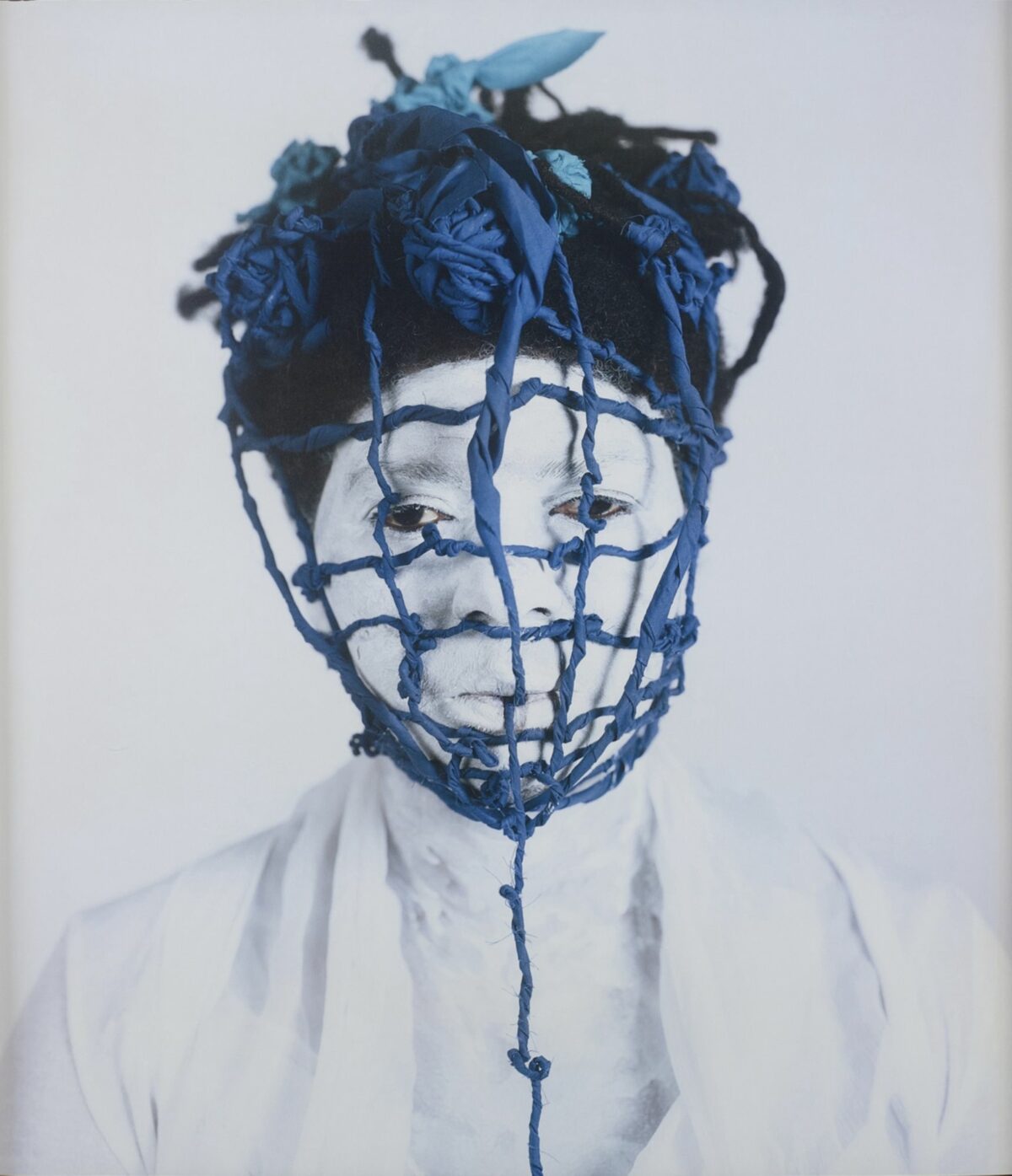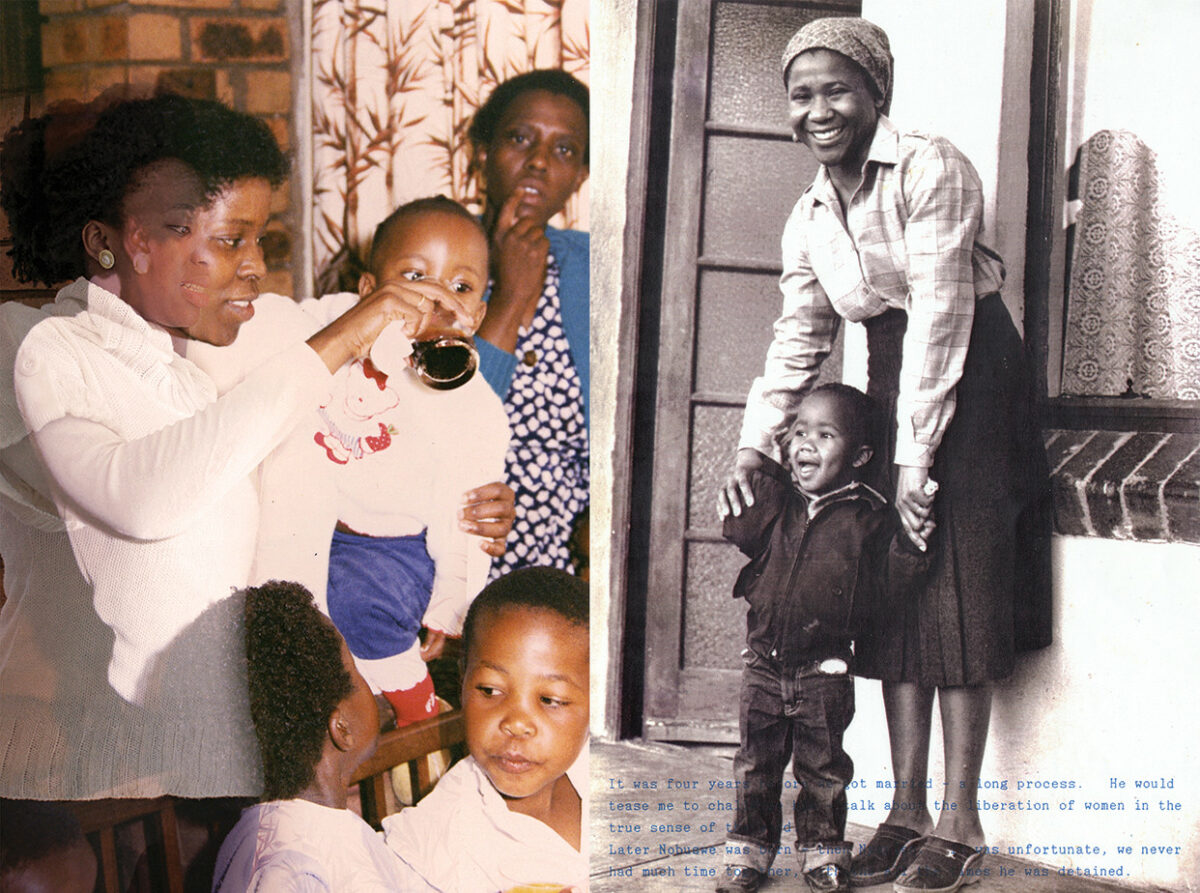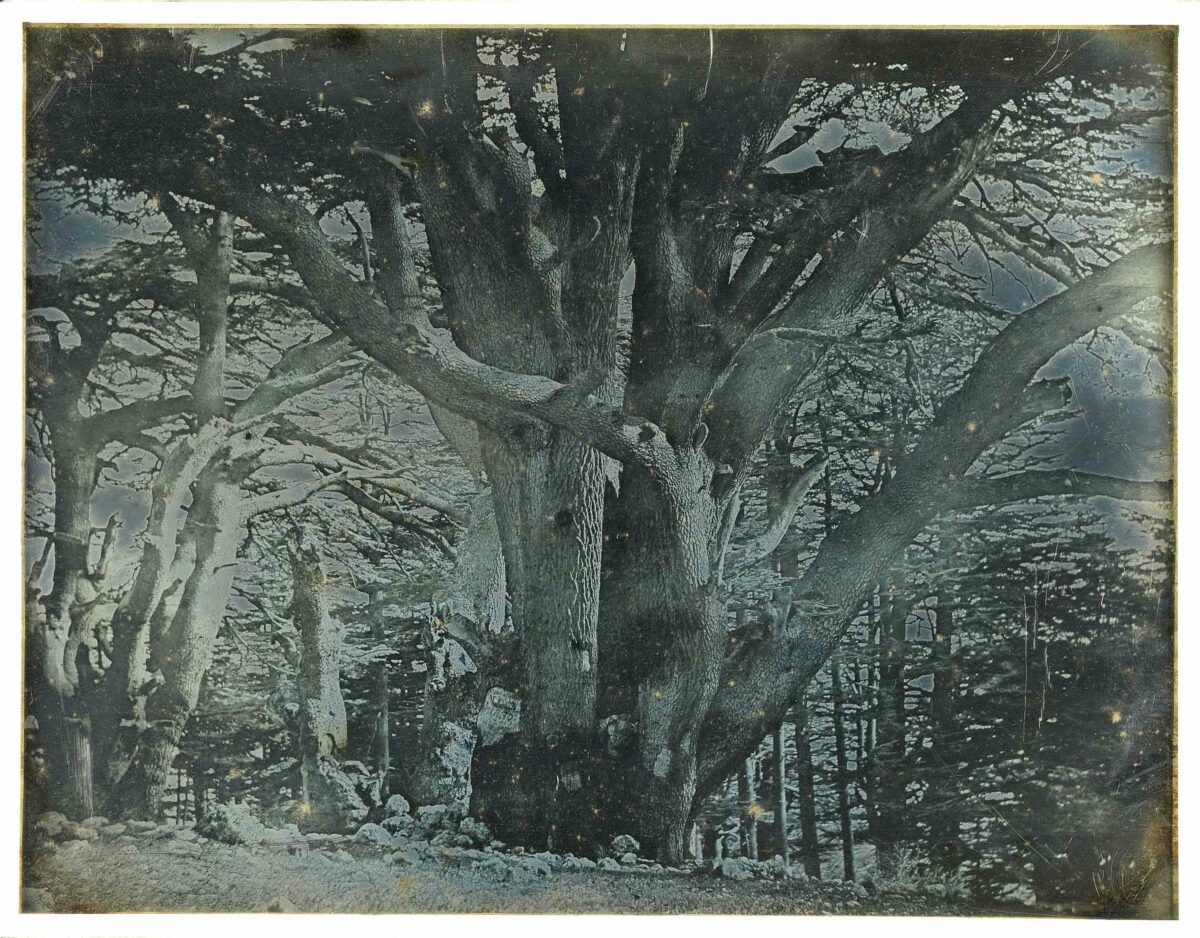A thousand years from now, there might be questions about a strange civilization that sprang up in the northern hemisphere and flourished, for a time. How did the inhabitants of that civilization live, and more important, what did they dream? We can only hope that some of William Eggleston’s many photographs will have survived. Eggleston’s work first appeared on the scene more than 40 years ago. He was hailed for his deadpan idiosyncrasies, displayed in living color. And denounced, too. When John Szarkowski gave him the full treatment at the Museum of Modern Art in 1976, many traditionalists, not nearly as traditional as Eggleston himself, proclaimed the death of photography. Now (or a thousand years from now), we can see that his peculiar Southern reticence, his obsessive decorum, masked a deep need to possess everything, all aspects of his experience, by putting a frame around it. And that frame changes everything. It turns a Gulf gas station sign on an empty road into a summons, a child’s tricycle into an apparition. It makes a clean-cut young boy’s moment with a magazine on military hardware, depicted on our cover, into an allegory of a uniquely American fascination with the technology of death. Incredibly, his work has not been given a retrospective until now, with the Whitney Museum of American Art’s William Eggleston: Democratic Camera, Photographs and Video, 1961–2008 (November 7, 2008–January 25, 2009). Says curator Elizabeth Sussman, “Eggleston remarked that his goal is to make the ordinary extraordinary, and through a combination of formal brilliance and an unusual point of view, he is able to get at the complexity, the mystery, and the psychological tension residing just below the surface of things.” The core of Eggleston’s work is autobiographical, concerning the things in his immediate world, that of Memphis, Tennessee. It is an intensely known world, a collection of deep south perceptions so personal as to seem almost mute. But over time that vision has expanded to take in all of the United States in a comprehensive embrace. Eggleston called a 1980s project “The Democratic Forest,” but the phrase really is ongoing, coterminous with his photographic life. It is democratic because the camera is, accepting what comes before it and enforcing no hierarchies of subject. It is a forest because the world is filled with things, natural and manmade, and in this wilderness there is no guide. He tells the story of being asked what he was photographing and giving the answer, “I’ve been outdoors, nowhere, in nothing.” It may have seemed like nothing, but as Eggleston also recalled, “there was something for someone out there.” For our friends from the future, for instance. We can wonder whether these photographs are the record we want them to have of us. Or we can be content that at least this record is true.
Categories

